What is the development prospect of the cable and wire industry?
The wire and cable industry is an important basic industry of the national economy. It is widely used in various sectors of the national economy to provide important supporting facilities for various industries, national defense construction and major construction projects. It is the basic guarantee for the normal operation of modern economy and society, and it is also the daily life of the people. Products indispensable to life. Therefore, the quality of wire and cable products is directly related to economic and social development and the vital interests of the people. At present, with the joint efforts of the entire industry, the national wire and cable quality improvement work has achieved remarkable results. However, while we have achieved results, we should also clearly realize that the quality of wire and cable is still not optimistic, the quality improvement work still has a long way to go, and the quality improvement work of the cable industry is still advancing, and is committed and determined.
After long-term efforts, my country's cable industry has exceeded one trillion yuan in output value and has become the second largest industry after the automobile industry. Its annual productivity exceeds that of the United States and ranks the world's largest cable producer. The current achievements are naturally inseparable from the joint efforts of relevant industries across the country under the support of the government during the "Twelfth Five-Year Plan" period. In the past fifteen years, with the rise of the economies of Asia and other countries centered on China, the large demand in the cable market has led to an increase in the scale of wire and cable production. Judging from the current domestic development of the same industry, as of the spring of 2015, my country’s cable industry is still in a state of large output but low quality, which is in contrast to the high cost of foreign investment in independent research and development of copper core insulated wire. Independent research and development costs are low, and more than 95% are small and medium-sized enterprises. State-owned and large-scale enterprise products only account for less than 15% of the market. The low industry integration rate has become an urgent problem.
The total amount of copper used in the domestic wire and cable industry grows by 15.3% annually on average, far exceeding GDP growth. Even more exaggerated is that in 2012, my country's total copper consumption accounted for about 1/3 of the world's total. Only one wind power station will consume 4 million pounds (1800 tons) to 15 million pounds (6800 tons) of copper. Copper core wires and cables, as the nerves and blood vessels of the ship, are directly related to the safety and reliability of the ship. , Advancement and combat capability, this puts forward high requirements on the technology of marine cables, and the upgrading of marine cables will be accelerated. In fact, the requirements for cables are different for different wire and cable use environments, regardless of copper core or aluminum core cable. All have different advantages.

Some experts predict that China's wire and cable industry will develop faster than the national economy in the next few years, and is expected to exceed 10%. It is not difficult to predict that China's power grid construction is about to enter a golden age, which will be a new round of development opportunities brought by the entire wire and cable industry, especially the backbone enterprises in the industry. However, as China's economy enters the era of liberalization, many wire and cable manufacturers will strive for market benefits, thereby reducing or even abandoning independent research and development of technologies and products, leading to serious problems in the homogeneity of China's wire and cable industry. In the face of this series of factors that are not conducive to the development of China's cable industry, the national level has repeatedly stated it in policies and regulations. The wire and cable industry has received special attention from the government in recent years, which has created more development space and opportunities for wires and cables. On the other hand, higher requirements and deployment have been put forward for the quality of wires and cables.
According to statistics, 60% of Internet users have a college degree or above, with an average age of about 33 years old. These people tend to be more independent in their consumption behavior. They are no longer satisfied with passively accepting products from wire and cable companies, but are concerned about the quality, specifications, and styles of the goods. New requirements are set for shape and packaging. With the development of e-commerce, customer behavior and preferences have undergone new changes. In the e-commerce environment, the speed and content of people's access to information is much faster than the traditional ones, so they want to demand new changes. With the continuous emergence of new technologies, product upgrades are also accelerating, and customer demand for consumer products will continue to change. Coupled with the pace of life in the future, work pressure will increase, and customer shopping convenience and fun requirements will continue to increase.
Strengthen power management, avoid random wiring, chaos, and use mobile sockets carefully. Chaotic wiring, chaotic lines, using mobile power sockets is actually adding electrical equipment to a section of the line, increasing the amount of current that may cause overload. There are more mobile sockets than fixed sockets on the wall. If the mobile socket uses too much electrical equipment, the original wiring must be unbearable. For higher power equipment, electrical appliances should be provided with a separate line, and mobile power sockets should not be used as wiring sources. Speed up the transformation of old lines to eliminate fire hazards. In old enterprises, old residential areas and other units, due to the long use time, many lines are aging and have exceeded their service life. Even if part of the current carrying capacity of the line is not large, the aging line can hardly bear such a load, and it is also accompanied by the risk of overload display. Especially in old residential areas, the lines have been aging for a long time, but with the improvement of people's living standards and the increase of household appliances, electricity consumption is still increasing year by year, which is really worse. For the old line, prompt urges, coordination, and rectification should be promoted as soon as possible to eliminate fire hazards and ensure safety.
With the further deepening of the financial crisis, its impact has spread from the financial sector to the industrial and service industries. As a comprehensive industry with the characteristics of industry and service industry, the communication industry is inevitably affected. Will optical communications face another winter? "The global communications industry facing the impact of the financial crisis may have more advantages than disadvantages for Chinese companies. Telecom restructuring and 4G will greatly promote network construction. The already active optical advancement, copper retreat, and FTTx construction are even more direct optical communications development opportunities." He pointed out, At present, it is a great opportunity for the development of optical communication, and it is a great development opportunity for all links in the industry chain (materials, optoelectronic devices, optical fiber and cable, system equipment, design and construction, operation and maintenance management...). "Risks and opportunities coexist. We should seize the development opportunities of optical communications, actively research and develop related technologies, strive to tap market opportunities, reduce or avoid the impact of the financial crisis, and strive for the healthy development of the optical communications industry.


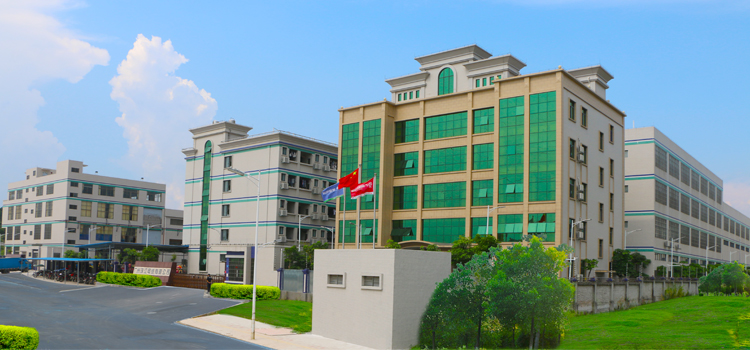 Company Profiles
Company Profiles Company Culture
Company Culture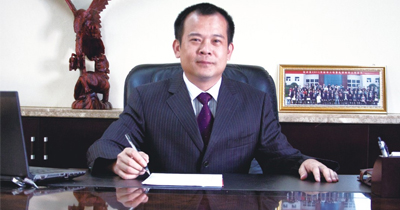 Message
Message Honor
Honor Video Center
Video Center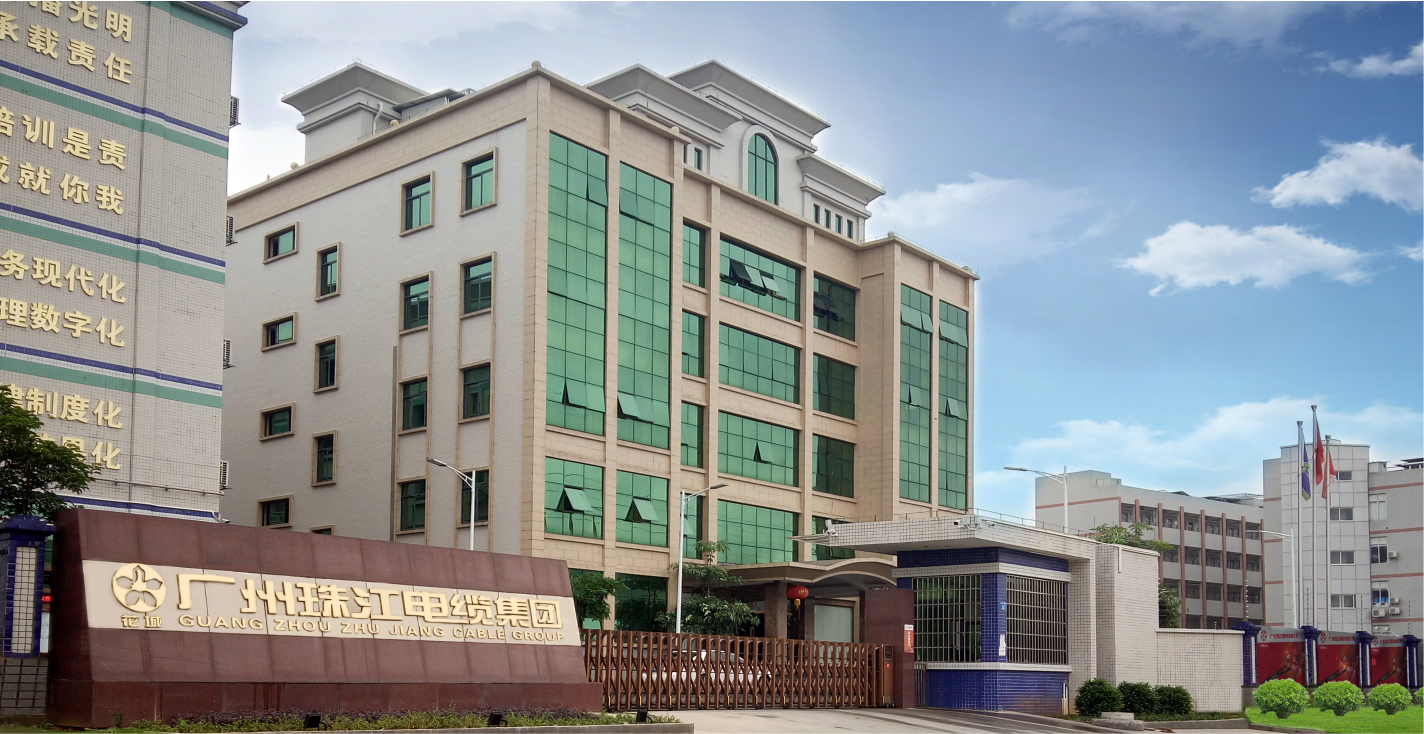 Company Reality
Company Reality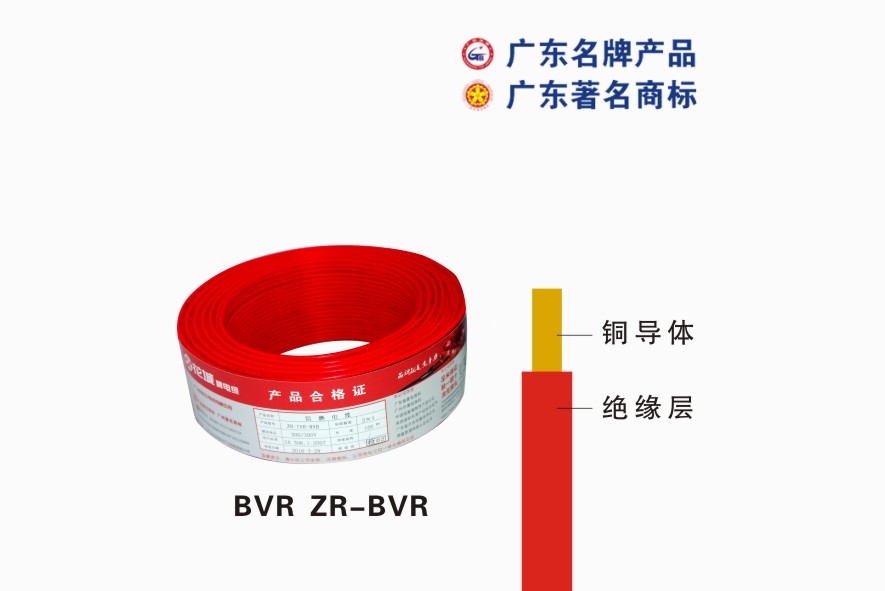 Pearl River Cable
Pearl River Cable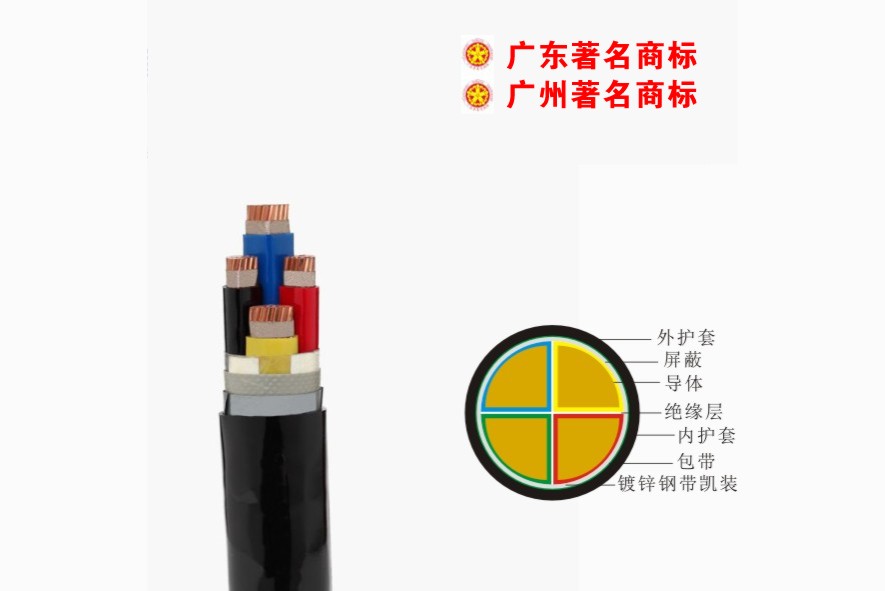 Low Voltage Cable
Low Voltage Cable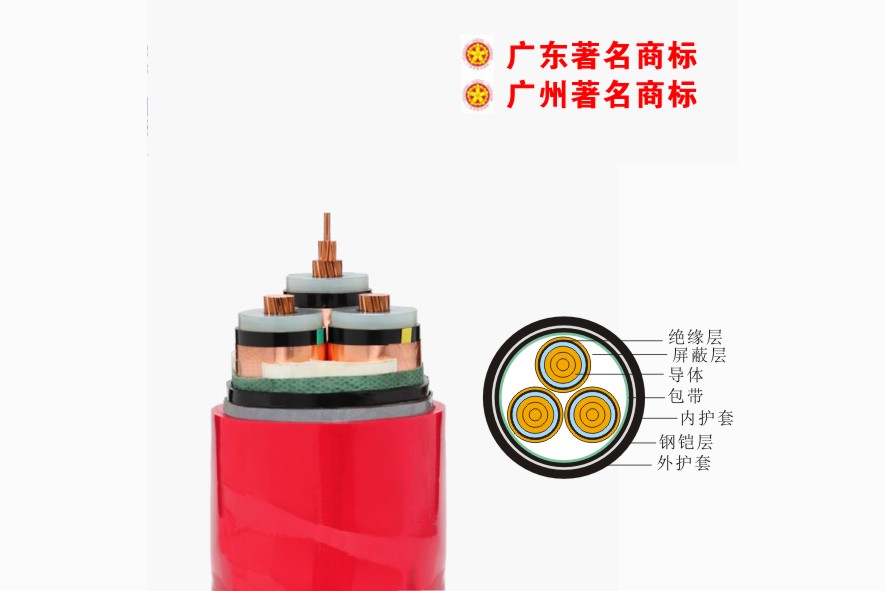 Medium Voltage
Medium Voltage Mineral Cable
Mineral Cable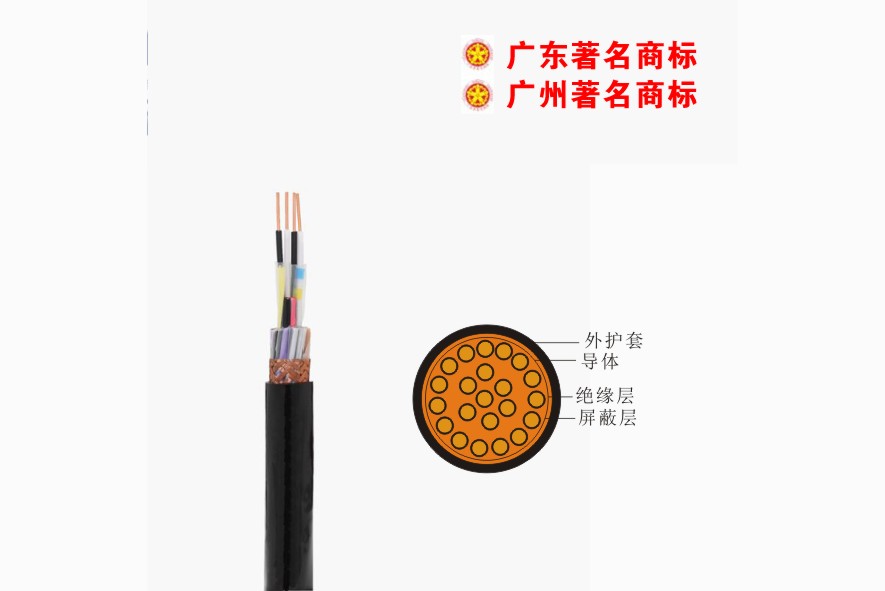 Control Signal Cable
Control Signal Cable Corporate News
Corporate News Cable Information
Cable Information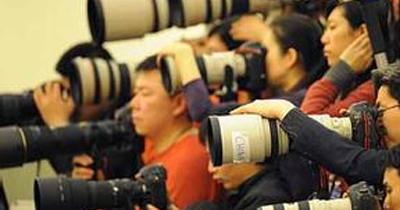 Media Reports
Media Reports Network Reprint
Network Reprint


